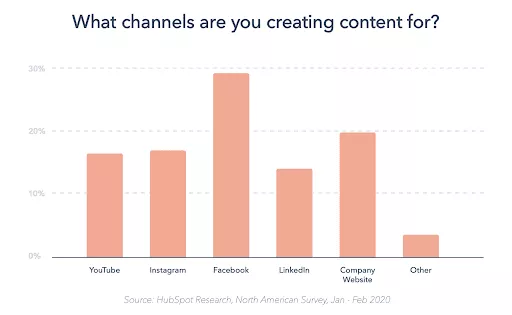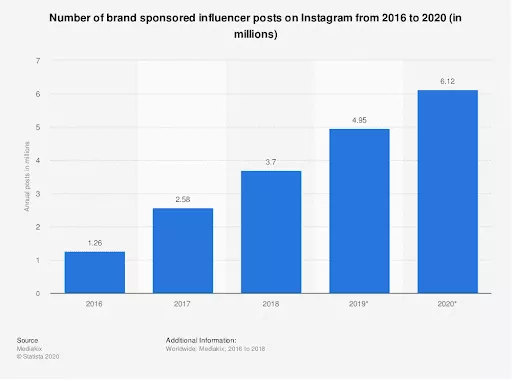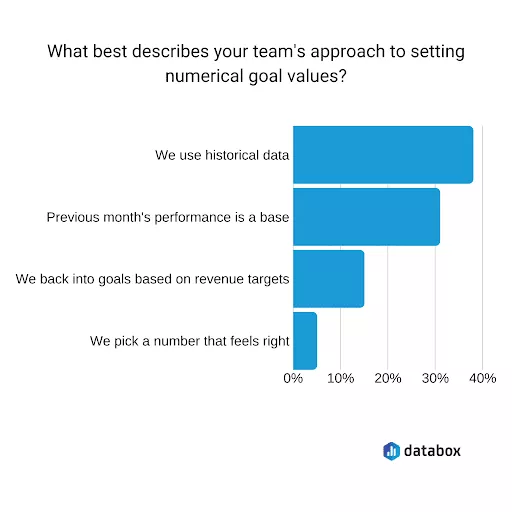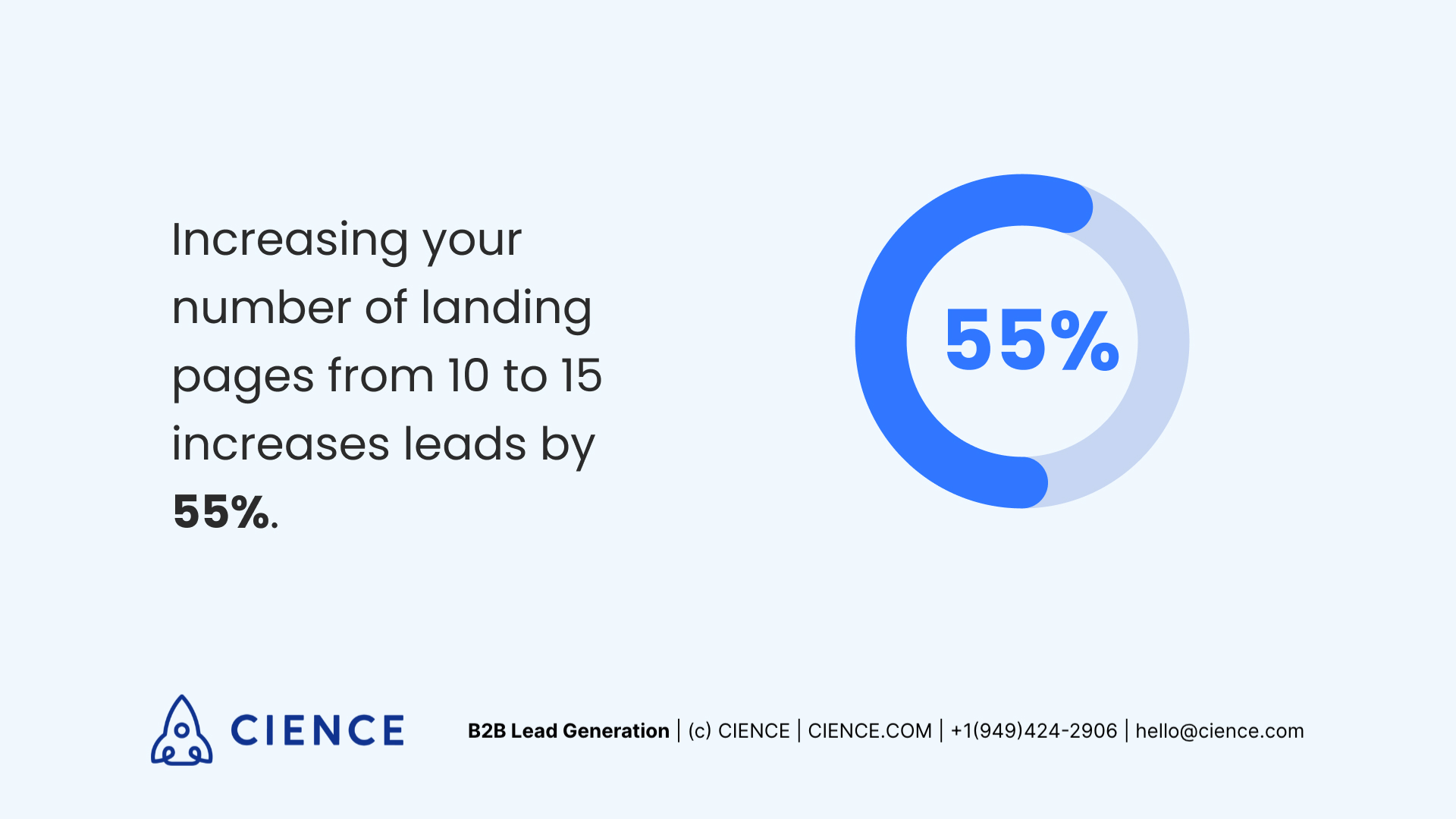That’s why it’s important to track as much data as you can in real-time. More than you need is never too much!
Key features of a performance marketing software
campaign creation, planning, management, reporting, and evaluation tools; marketing automation tools; user management tools; and email automation tools. Fortunately, Affise has all of these tools and more!
Automation and Partnership Management
Affise enables marketers to automate repetitive tasks such as partner communication, opening offers to publishers, and invoice generation, among other things. Deeplinks, traffic back, cross-postback URLs, and other AI-powered features can also help to increase revenue significantly.
Billing and accounting opportunities
Affise enables users to automatically generate invoices, simplify payouts to partners, and manage other financial aspects of partnerships. Users can also select from a range payment methods and currencies, providing scope for both national and international partner marketing campaigns.
CPAPI
Because Affise’s API integration is established between offer sources and your system, offers are transferred without delay. CPAPI accesses raw data and imports it in accordance with the rules of the receiving system.
Customizable Reports
Easily customize, categorize, and share reports with colleagues, stakeholders, or investors. Powerful reporting tools allow users to collate any required data – all in one place – and across their chosen time period.
Fraud Prevention Components
Affise provides click-level fraud prevention and utilizes third-party fraud prevention tools to protect your partner marketing campaign from fraudulent activities.
Since joining forces with 24metrics, the authors of Fraudshield – an industry-leading fraud detection algorithm – Affise has upped its capability to recognize and block fraud by assessing IP addresses, CR rates, conversion times, and other relevant metrics.
Multichannel Analytics and Smart Dashboards
With Affise’s Analytics and Business intelligence tools, users can analyze and monitor metrics across multiple channels, finding areas for growth and forecasting risks.
Tracking and Attribution
Manage varying levels of traffic reasonably by being aware of its details, launch profitable campaigns through proper performance attributions, and tackle technological problems with reliable solutions.
By offering dependable tracking and attribution tools for the ‘cookieless era’, Affise provides C2S and S2S tracking, probalistic attribution, direct tracking, server parallel tracking and a range of other essential functions ideal for performance marketing campaigns.
Get started on performance marketing with Affise
Affise is designed to make your partnership management as simple, successful, and easy as possible.
It helps you find partners through Affise Reach. Once you’ve got your partners locked in, Affise’s other functionalities support your performance marketing manager throughout the processes of campaign automation, generating in-depth analytics, tracking, and many others.
With Affise’s CPAPI tool, you can also easily connect sources of offers with recipient systems. The platform also makes it easy to pull all your offers into a unified tracking platform for simple and effective management.
Conclusion
Making room in your marketing budget for a bit of performance marketing is always going to be worth your while. Put simply, that’s because it’s a sure-fire way to increase your website traffic, incoming leads, click through rates (CTR), conversions, and sales.
Whatever your intended result or desired action, performance marketing can help you make it happen.
All you need to know is which marketing platforms you want to dedicate to performance-based strategies, and which marketing companies or marketers you want to partner with to make those strategies happen.
As far as marketing partnerships go, you’ll want to make sure you’re working with legitimate, capable partners. That’s why it’s a good idea to use a partnership marketing platform like Affise, which makes it a simple matter to manage your partnerships effectively. There’s little to lose and much to gain when it comes to performance marketing strategies.























